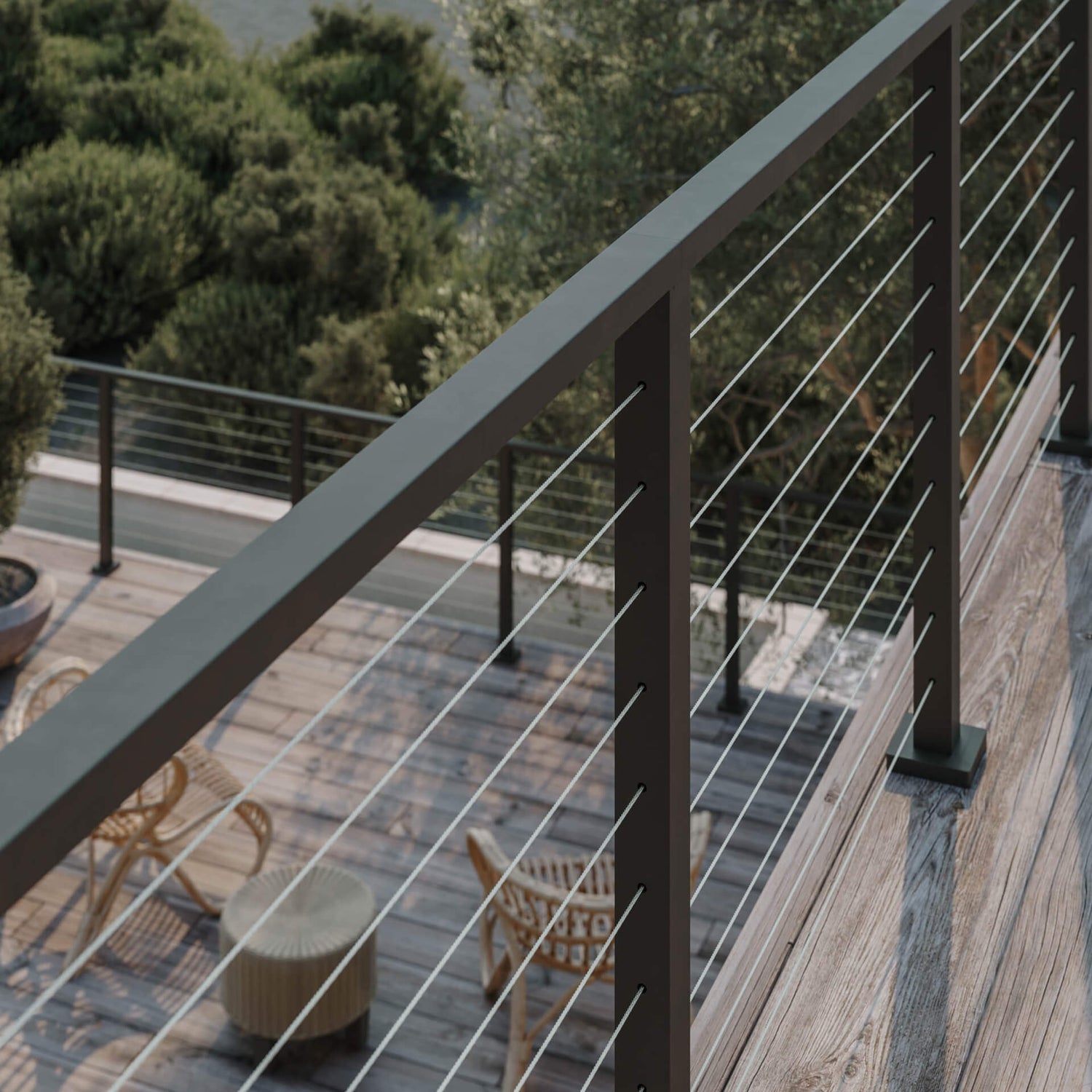Unlock the Secret to Perfect Aluminum Rail Fittings for Your Next Project!
When embarking on a construction project, the choice of materials can make or break your endeavor. Among these materials, aluminum rail fittings play a pivotal role, offering both functionality and aesthetic appeal. These fittings are essential for creating sturdy and reliable rail systems that enhance safety and usability in various applications. In this article, we will explore the ins and outs of aluminum rail fittings, including their importance, key features to consider, where to find them, and tips for installation and purchasing. Whether you're a seasoned builder or a DIY enthusiast, understanding these components will ensure your project is a success.

Understanding Aluminum Rail Fittings
Aluminum rail fittings are specialized components used to connect and support rail systems. They are primarily made from aluminum due to its lightweight yet durable properties, making them ideal for various construction applications. These fittings can include brackets, connectors, and end caps, each designed to fulfill a specific function within the rail system. For instance, brackets provide the necessary support to keep the rails securely in place, while connectors allow for seamless transitions between different rail sections. Aluminum rail fittings are commonly utilized in residential railings, commercial staircases, and even in outdoor structures like deck rails. Their versatility and strength ensure they are suitable for both functional and decorative purposes.
Key Features to Look for in Aluminum Rail Fittings
When selecting aluminum rail fittings, several critical features should guide your decision-making process. First and foremost is durability; the fittings must withstand various environmental conditions without compromising their structural integrity. Look for fittings that are designed to handle significant weight capacities, especially if they will support rail systems in high-traffic areas. Another crucial factor is resistance to corrosion, as aluminum can oxidize when exposed to moisture. Choosing fittings that have been treated or anodized can significantly extend their longevity. Additionally, consider the design of the fittings; smooth edges and quality finishes not only enhance safety but also improve the overall aesthetic appeal of your project. Personal experiences of friends who have undertaken similar projects highlight the value of investing in high-quality fittings—many recounted how they regretted opting for cheaper alternatives that led to safety issues down the line.
Where to Find Quality Aluminum Rail Fittings
Finding quality aluminum rail fittings is crucial for the success of your project. Start by exploring local suppliers, such as hardware stores or specialized construction material retailers. These places often offer a selection of fittings and can provide valuable insights based on your specific needs. Additionally, many suppliers have knowledgeable staff who can assist you in selecting the right products. If you prefer to shop online, various marketplaces cater to construction materials and features a wide range of options. Make sure to read customer reviews to gauge the quality of the products and the reliability of the sellers. A friend of mine once shared how he found an excellent supplier through a local construction forum, allowing him to connect with other builders and share experiences that led to discovering high-quality fittings at competitive prices.
Tips for Purchasing Aluminum Rail Fittings
Purchasing aluminum rail fittings requires a thoughtful approach to ensure you make the right choice. First, assess the quality by examining the material and finish; high-quality aluminum should feel solid and have a smooth, even surface. Next, compare options based on weight capacity and resistance features, as these will determine the fittings' longevity and performance. Before making a purchase, check if the fittings come with a warranty or guarantee, which can be an indicator of manufacturer confidence in their product. Additionally, consider buying in bulk if you have a large project; this can lead to cost savings. A colleague of mine once emphasized the importance of thorough research before purchasing, as it can save both time and money in the long run, ensuring you avoid the pitfalls of subpar products.
Installation Tips for Aluminum Rail Fittings
The installation of aluminum rail fittings is as important as selecting the right ones. Always read the manufacturer’s instructions carefully before starting, as different fittings may have specific requirements. Start by ensuring that all surfaces are clean and free of debris; this ensures proper adhesion and stability. Use appropriate tools, such as levelers and drills, to guarantee that the rail system is installed evenly and securely. My friend, who recently installed a railing system for his balcony, shared that taking the time to double-check measurements and alignments made a significant difference in the final appearance and functionality. Lastly, it’s wise to periodically check the fittings after installation, especially if the structure is exposed to the elements, as this will help you catch any potential issues early on.
Choosing the Right Aluminum Rail Fittings
In conclusion, understanding and selecting the right aluminum rail fittings is essential for ensuring the success of your construction project. By focusing on key features such as durability, weight capacity, and corrosion resistance, you can make informed choices that enhance both safety and aesthetics. Whether sourcing from local suppliers or online marketplaces, taking the time to evaluate quality and options will pay off in the long run. Moreover, following best practices for installation will guarantee that your rail systems function as intended. Armed with this knowledge, you are now better equipped to tackle your next project with confidence, ensuring you choose the best aluminum rail fittings for your needs.








